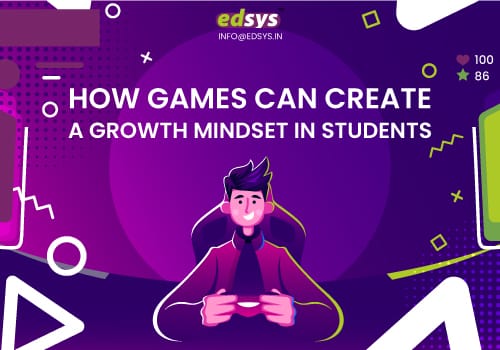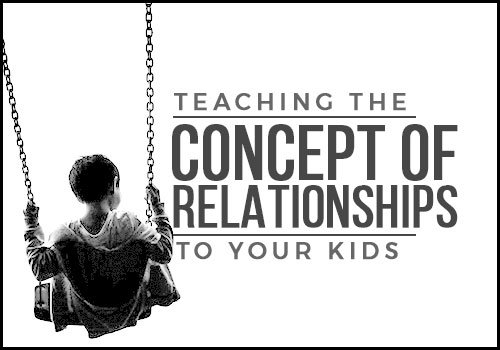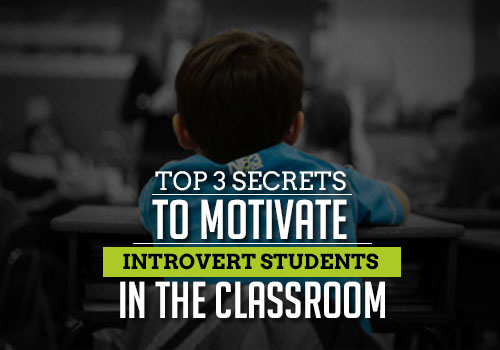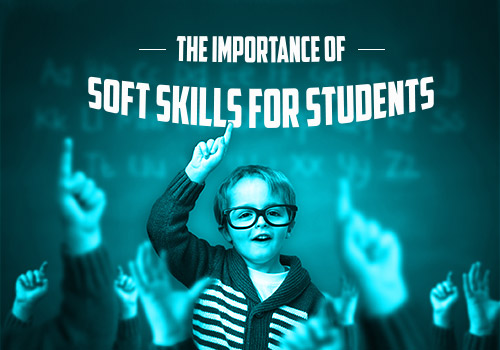What is Growth Mindset?
In simple words, it is just a readiness to believe that you can grow and improve your potentials.
For a better understanding, just go through the following set of sentences:
- Maths is not my cup of tea- Maths has been challenging for me.
- I’m not good at swimming- I have not learned how to swim.
- I’m just bad in sports- Well, it’s not a priority for me to learn it right now.
Get more Educational Game Apps (Check out Now)
These sentences may seem similar to you. But they are not. The first set of sentences is delivered by a person with a fixed mindset and the latter by a person with a growth mindset.

Teaching and learning are two main ways to foster the growth mindset. But since our kids are more interested in games than studies, it is our responsibility to mould them to good learners.
Funny and Challenging Activities for kids
Games and activities indirectly play an important role as detoxing centers. Besides this games also provide an opportunity to engage with their kids.
Here Goes Some of Them:
1) NEGATIVE TO POSITIVE
This is a language based brain-storming mind game where your kids will be given a set of negative sentences and they have to change it to positive ones. In between, we are supposed to teach them how to convert negative sentences to positive.
For example, look at the sentences below:
- I don’t believe in myself- I believe in myself
- I’m not smart enough to do that- I can do that
- I don’t have good ideas- I have a plethora of ideas
- In doing so, they will understand how to improve their language while speaking.
2) FAMOUS FAILS
This activity will let your kids to learn from mistakes.
In this they will have to research about some of history’s most famous failures. They can make it easier by finding answers to the following questions:
- How did these people fail?
- How did they come back to accomplish their goals?
- What were their strategies to achieve the goal?
This will help them to discover who those personalities were, and how they overcame the hindrances to achieve the goal.
3) HOW CAN I CONTRIBUTE?
This is a thought provoking game, where we can create kids into groups and then assign a role play topic related to social activities. Some of the ideas can be:
- Arrange a group discussion about the ways to increase women’s safety.
- Volunteering at an orphanage or an old age home.
- Cleaning a public place
Through these topics they can express their ideas, which can help them to build strong relationships and healthy communities, thus developing their growth mindset.
4) 1-2-3… SHOOT
1-2-3 Shoot game is a kind of rapid fire game, where we can ask the students to shoot what they have learned in that particular day. This can be done only as a last activity.
We can ask them questions like:
- What have you learned today?
- Name a good habit that you have planned to start from tomorrow to help others.
- Is there anything that you still have in your mind, and that which you haven’t spoken out yet for the well being of our society?
5) CRUSH THE PAPER EXERCISE:
Through this exercise our kids will learn the ability to see mistakes in a positive light.
For this, we can ask our kids to write a mistake that they have recently made, in a piece of paper. Next, let them crush the paper and throw it on a wall with the concept that they won’t repeat it again. Then, we can guide them that mistakes are human instincts and that everybody makes it, no matter how old or rich the person is.
And finally, just for a fun factor, we can make them scream out words like “Goodbye”, “Get lost” etc., symbolizing that the mistake this past.
6) KINDNESS WEEK CHALLENGE:
To develop an altruistic value of being kind to others is the aim of the game. So, here we can let our kids to keep a journal of the kind activities they do in a week. Suggestions for activities can be like:
- Donating clothes to the needy.
- Helping an old lady to cross the road.
- Treating a sick puppy
- Providing food to the poor.
This will develop a growth mindset to help others and be kind to social acts.
7) POSITIVE WORD HUNT:
As to teach our students about growth mindset, we can give them opportunities to find such words.
For this, we can first pair them into groups and then give them charts and sketches to draw colorful pictures about positive thoughts and then ask them find words related to it.
By letting them to explain about such words, they will have a better understanding of the concept of every word described.
8) ‘I HAVE A GROWTH MINDSET OF’ POSTER:
This is basically a self-appreciating game, where we can ask our kids to create a poster of words or phrases describing their growth mindset.
We can give them examples with phrases like:
- I can do hard things
- I can train my brain
- This may take some time and effort but still I can make it out.
- I’ll always improve myself and will keep trying for the best.
9) PLANNING TO MAKE IT BEST
As our kids learn more about the growth mindset, they will develop a tendency to learn more about planning the activities. Here, we can let them come with ideas to plan a positive action. This activity is really important as leaving room for them to think will help them grow.
Here are some of the action plan questions:
- What is the purpose of the action?
- How can we improve the action?
- How the duties can be assigned?
10) ‘WHAT AM I’ CHECKLIST:
This is an activity which will increase a strong sense of growth mindset in them. Through this they will improve their strengths and weaknesses.
This can be done by giving them a worksheet with questions like:
- I feel I am strong in the areas of __________
- I learn best when I _____________
- I think I am weak in the areas of __________
- I find that _________ makes me uncomfortable.
Playing Games can actually enhance the child’s growth and development. How????
>>Better Decision-making:
It has been found by the scientists that games make our mind faster and sharper. Let’s know it through an example,
When your child plays ‘shooter games’, he is actually going through a road where he is not aware of the villain’s entry. So, throughout the game he has to be smarter to win it.
This is how gradually he’ll develop his decision making skills. This has been scientifically proven where gamers won over non-gamers.
>>Improves Memory:
There are many brain training games which improves memory and hence may reduce the risk of dementia. Studies have shown that memory based games can even solve problems which are precursors to Alzheimer’s disease.
Apart from boosting the different aspects of child’s memory, such games help them to learn strategy, force them to think and improve their reflexes.
The memory game can be taken as an example to prove it. For instance, the simple sequence memory game, where there will be a person to speak of certain words and then the children have to remember the words in the correct sequence.
Certain quick memory games can also be practiced as if we are travelling in a bus, then we can just recite the alphabet backwards, or count backwards the multiple of a number.
>>Reduces Mental Problems:
In a recent research, it has been found that specially designed games, can be used as a curing option for reducing mental stress.
Imagine that your child is playing the game, ‘build the home’. In this he will be busy with building colonies, homes, roadways, hunt zombies etc. He will be lost in that virtual world, where he can escape from his mental stresses.
Get more Educational Game Apps (Check out Now)
Games have actually awe-inspiring powers. They are often criticized for being violent, loud or anti-social. But a new era of gaming is emerging with many new titles, focusing on a stress-free atmosphere, which will develop a growth mindset. And I hope that these activities will help to increase a growth mindset in your child.





























